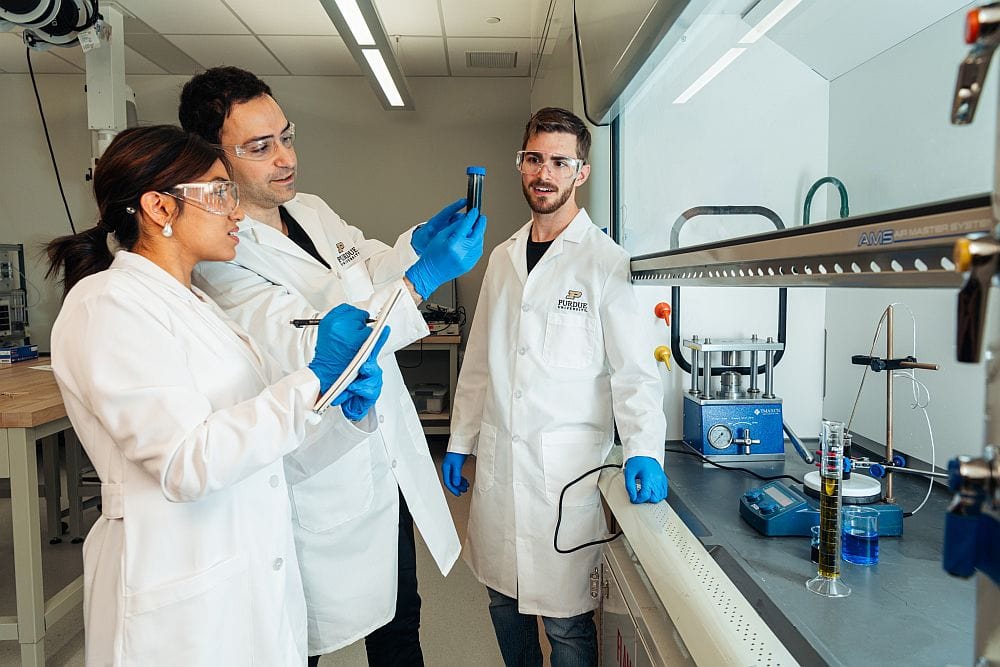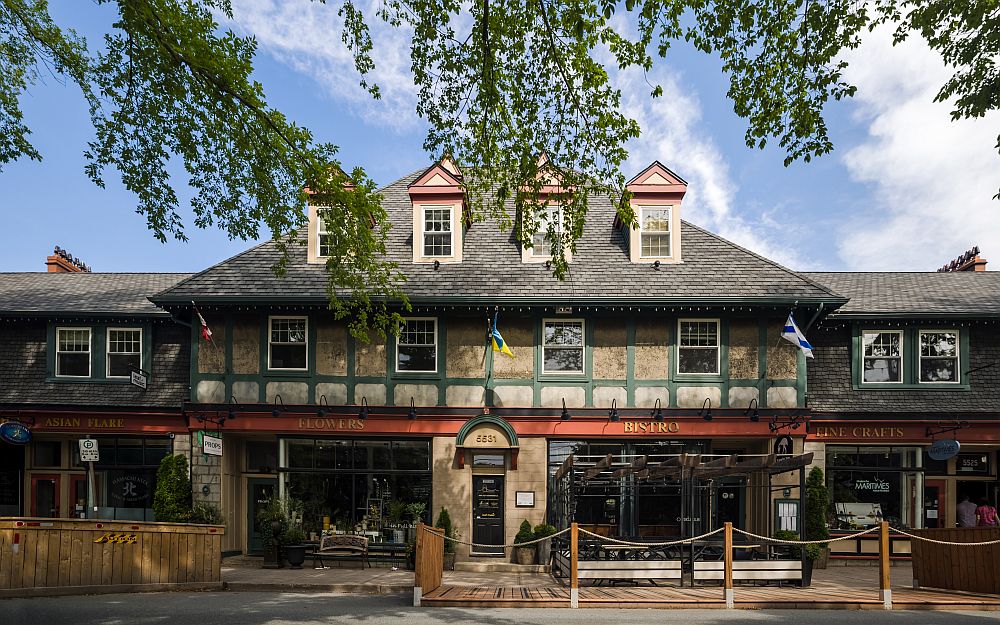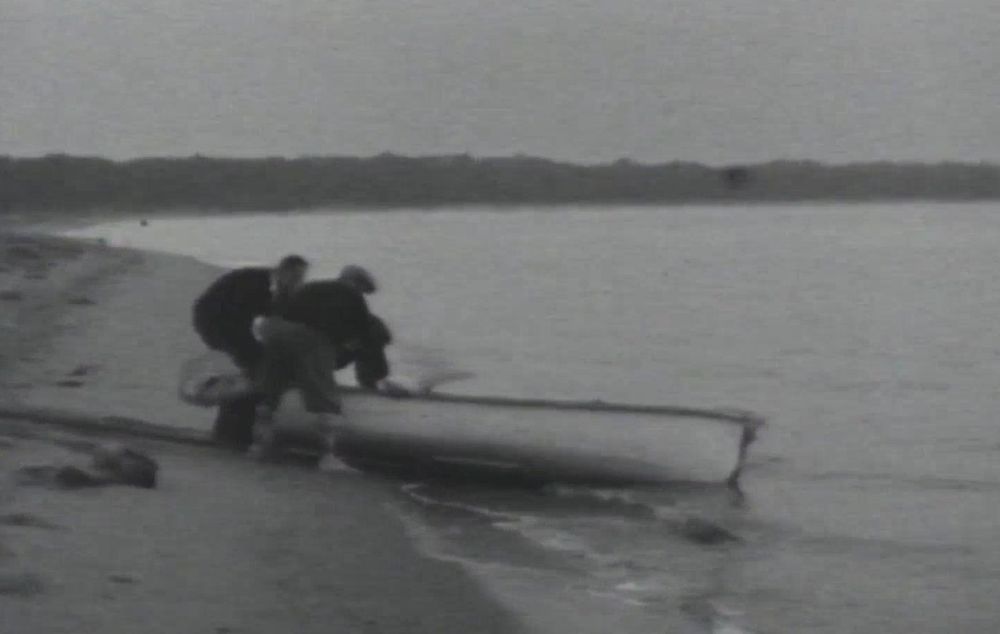
[Image above] Credit: The American Ceramic Society, YouTube
In just two weeks, glass scientists from all over the world will gather in Vancouver, Canada, for the 16th Pacific Rim Conference on Ceramic and Glass Technology including the Glass & Optical Materials Division Meeting.
The numerous technical symposia, distinguished plenary lectures, and strategically planned networking opportunities make this combined meeting a standout example of how scientific conferences are organized today. But if we turn the clock back almost 100 years, we’ll discover a very different approach to scientific collaboration, as recounted by the late Frank W. Preston.
Frank W. Preston was an English-American ecologist and conservationist who helped found the Western Pennsylvania Conservancy and worked to reclaim the land that is now Moraine State Park in Butler County, Pa. But he was also a leading expert in glass technology, specializing in the propagation of cracks and diagnosing the causes of breakage. He consulted with many glass manufacturers and is even credited with inventing a glass-melting furnace that allowed Corning to create its famous line of Corelle glassware.
In 1985, the program committee for the Glass Division’s annual fall meeting invited Preston as the guest speaker. At the meeting, they filmed an interview with Preston, in which he describes the events behind a film that he took at the 1930 Fall Glass Division Meeting.

Credit: The American Ceramic Society, YouTube
When the Glass Division of The American Ceramic Society was formed in 1922, it along with other Divisions hosted gatherings of its members in tandem with the annual ACerS meeting. However, this meeting took place in the winter, and Preston says the Glass Division struggled to attract members to this meeting.
“It didn’t matter who was chairman—no one showed up to the meetings,” he says in the interview.
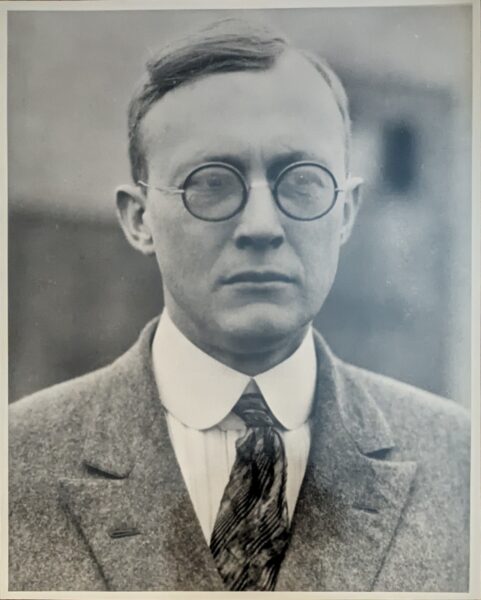
Jesse T. Littleton
When Jesse T. Littleton, chief of Corning’s Physical Laboratory and “future” ACerS president (1941), became chairman of the Division, he decided the Division should hold its own meeting in a more informal setting to try and attract more interest. In 1929, the first annual Glass Division fall meeting took place at Cove Point in Chesapeake Bay.
This location was chosen because Francis C. Flint, technical director of the Hazel-Atlas Glass Division of the Continental Can Company and another “future” ACerS president (1936), had a cottage in the area. He was also friends with some scientists in the glass section of the U.S. Bureau of Standards (now the National Institute of Standards and Technology) who also had cottages in the area that they were willing to lend as lodging for the event.
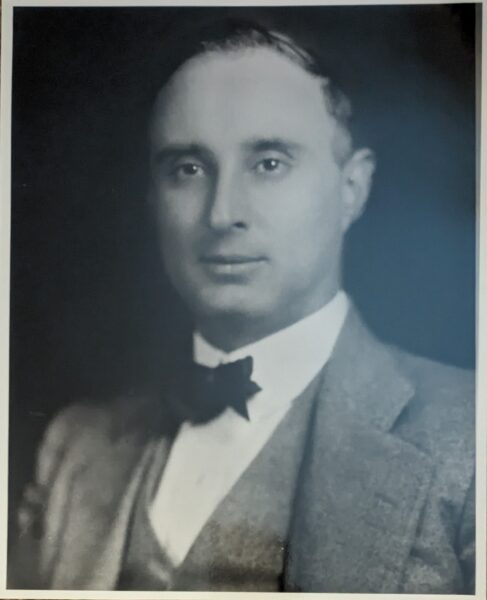
Francis C. Flint
Preston explains that this first meeting was more like a camping trip than an official meeting. But it provided some of the Division’s most active members an opportunity to network and discuss cutting-edge glass science topics in a relaxed setting.
The 1929 event was such a success that the Glass Division decided to hold the meeting again in 1930. However, no fewer than 40 people showed up for the second meeting, and they had to borrow pop tents from the U.S. Army to lodge everyone.
After 1930, the Glass Division moved its meeting to a different location in the Chesapeake Bay area with more lodging options. But its success inspired other Divisions, notably Refractories (now Refractory Ceramics), to host their own Division meetings as well.
When Preston was preparing to film the 1930 Fall Glass Division Meeting, he worried that the day-to-day activities would make for “boring” cinema, so he scripted a play involving pirates. However, “no one wanted to learn the play,” he said.
So, he ended up just filming the everyday events, and this footage provides viewers of today with a time capsule involving games of horseshoes, listening to the World Series of Major League Baseball on the radio, hunting for the area’s famous blue crabs, and the most strenuous part—cutting wood for the fire.
Thanks to ACerS Fellow David G. Grossman, the recordings of both Preston’s 1930 film and 1985 interview are now available on the ACerS YouTube channel. We thank Grossman for sharing this piece of history with all our readers.

Credit: The American Ceramic Society, YouTube
Interested in how else the Society has changed since its early days? Check out this CTT post by Laurel Sheppard that explores how the classification of ceramics has evolved over the past century.
Author
Lisa McDonald
CTT Categories
- Education
- Glass
